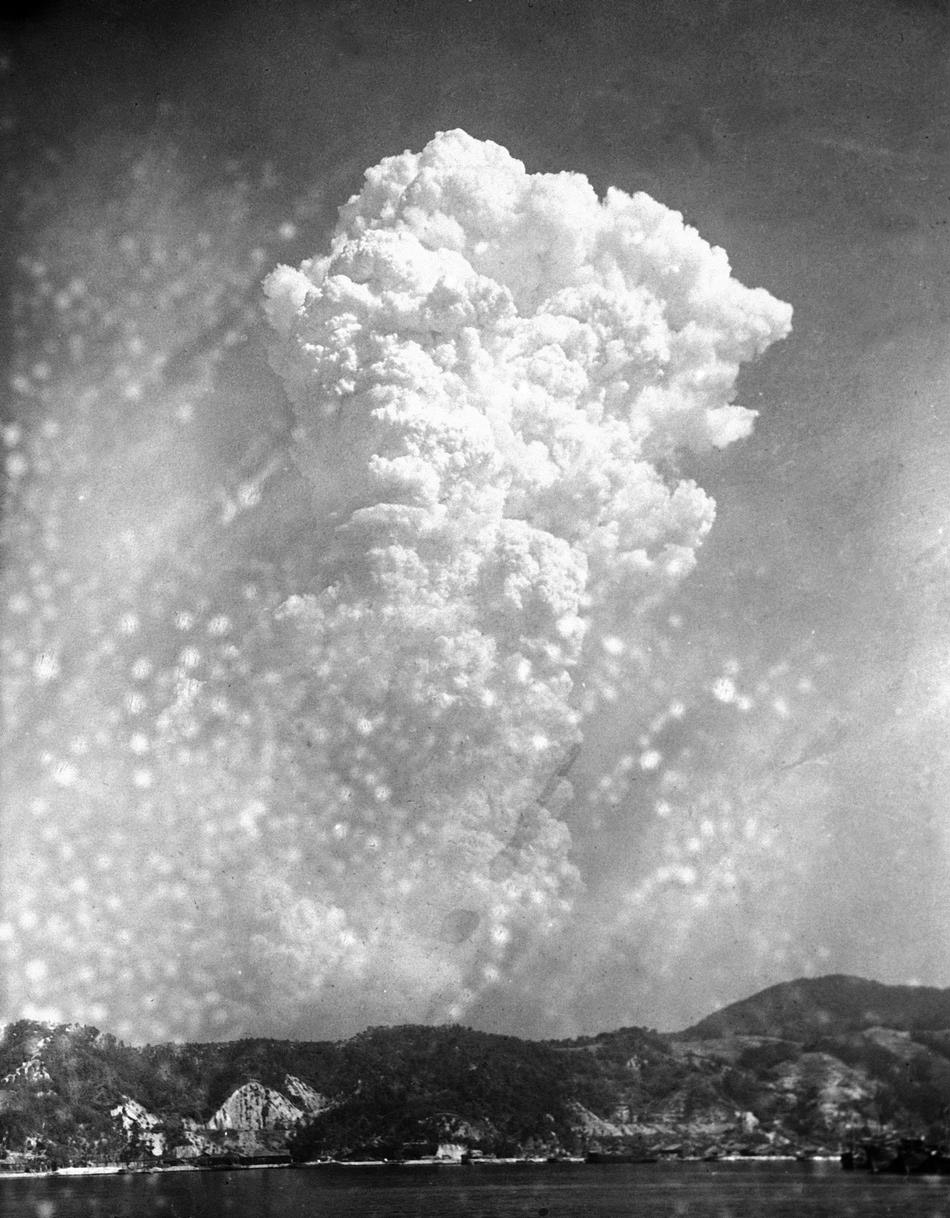Summary of Target Committee Meetings
May 10 and 11, 1945
Declassified government document
Memorandum from Major J. A. Derry and Dr. N. F. Ramsey to General L. R. Groves
Status of Targets
A. Dr. Stearns described the work he had done on target selection. He has surveyed possible targets possessing the following qualifications: (1) they be important targets in a large urban area of more than three miles diameter, (2) they be capable of being damaged effectively by a blast, and (3) they are likely to be unattacked by next August. Dr. Stearns had a list of five targets which the Air Forces would be willing to reserve for our use unless unforeseen circumstances arise. These targets are:
(1) Kyoto—This target is an urban industrial area with a population of 1,000,000. It is the former capital of Japan and many people and industries are now being moved there as other areas are being destroyed. From the psychological point of view there is the advantage that Kyoto is an intellectual center for Japan and the people there are more apt to appreciate the significance of such a weapon as the gadget. (Classified as an AA Target)
(2) Hiroshima—This is an important army depot and port of embarkation in the middle of an urban industrial area. It is a good radar target and it is such a size that a large part of the city could be extensively damaged. There are adjacent hills which are likely to produce a focusing effect which would considerably increase the blast damage. Due to rivers, it is not a good incendiary target. (Classified as an AA Target)
(3) Yokohama—This target is an important urban industrial area which has so far been untouched. Industrial activities include aircraft manufacture, machine tools, docks, electrical equipment and oil refineries. As the damage to Tokyo has increased additional industries have moved to Yokohama. It has the disadvantage of the most important target areas being separated by a large body of water and of being in the heaviest anti-aircraft concentration in Japan. For us it has the advantage as an alternative target for use in case of bad weather of being rather far removed from the other targets considered. (Classified as an A Target)
(4) Kokura Arsenal—This is one of the largest arsenals in Japan and is surrounded by urban industrial structures. The arsenal is important for light ordnance, anti-aircraft and beach head defense materials. The dimensions of the arsenal are 4100’ X 2000’. The dimensions are such that if the bomb were properly placed full advantage could be taken of the higher pressures immediately underneath the bomb for destroying the more solid structures and at the same time considerable blast damage could be done to more feeble structures further away. (Classified as an A Target)
(5) Niigata—This is a port of embarkation on the N.W. coast of Honshu. Its importance is increasing as other ports are damaged. Machine tool industries are located there and it is a potential center for industrial despersion [sic]. It has oil refineries and storage. (Classified as a B Target)
(6) The possibility of bombing the Emperor’s palace was discussed. It was agreed that we should not recommend it but that any action for this bombing should come from authorities on military policy. It was agreed that we should obtain information from which we could determine the effectiveness of our weapon against this target.
B. It was the recommendation of those present at the meeting that the first four choices of targets for our weapon should be the following:
a. Kyoto
b. Hiroshima
c. Yokohama
d. Kokura Arsenal





